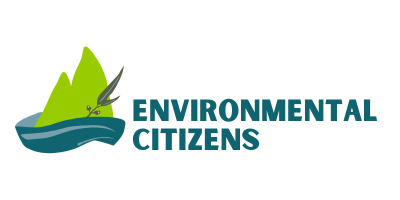Spill Control
Home » Improvement » Spill Control
| The base of the transit storage area shall be impervious and designed to retain any spillage. |
| IBCs and packages may be placed on the ground in loading and unloading areas prior to loading vehicles or prior to moving containers to a storage area or installation. The ground should be impervious and designed to retain any spillage or drain to a containment for environmental reasons |
A “Package” is a container <500L |
| Stores shall be provided with a means of either containing a spill or of diverting it to a compound within the boundaries of the premises. The net capacity of any compound shall be not less than whichever is the greater of —
but need not exceed 5,000 L where only packages are kept. |
Capacity of compounds
Materials of Construction
Design
Compound drainage
|
